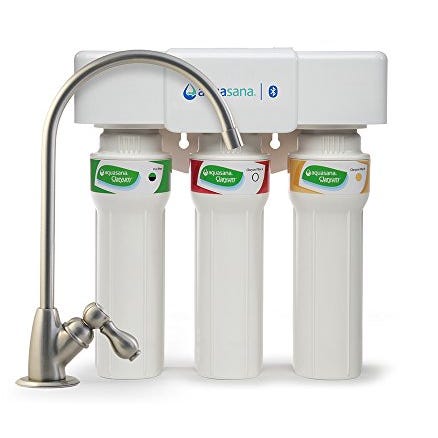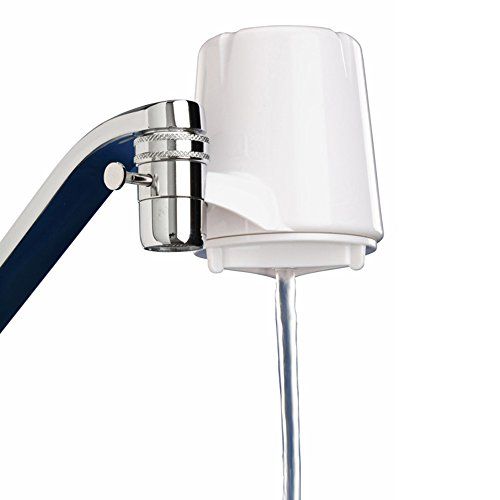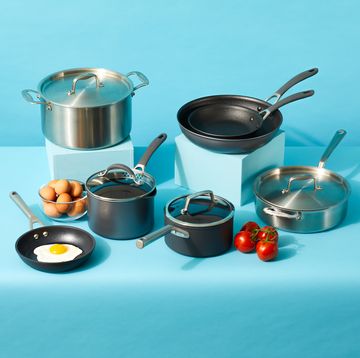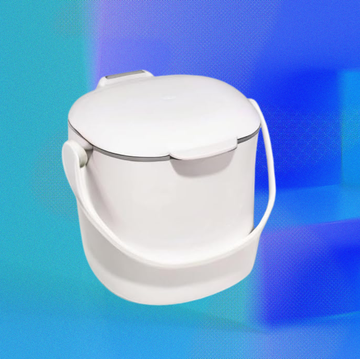The Best Water Filters, According to Our Testing
Our expert-tested picks include pitchers, countertop dispensers, under-sink solutions and more.

We've been independently researching and testing products for over 120 years. If you buy through our links, we may earn a commission. Learn more about our review process.
The U.S. has some of the safest drinking water in the world, but it’s not perfect. Lead and copper from old plumbing lines can find their way into the water supply, according to the Environmental Protection Agency, as can plastics, pharmaceuticals and industrial pollutants like arsenic and nitrate. Even if your home’s drinking water is toxin-free, the chloride used in treatment plants can give it a funny taste.
That’s why our home and health experts in the Good Housekeeping Institute take water filter testing so seriously. For a device to make our recommended list, it must meet the strictest industry standards and be easy to use and maintain. As we like to say, the only thing worse than no water filter is one that’s doing more harm than good. For this report, we pulled together the best water filters across the five main types that deliver safe, delicious drinking water.
Jamie Ueda is a consumer products expert with over 17 years of experience in areas of product development and manufacturing. She has held leading roles at both mid-size consumer goods companies and one of the most notable and largest apparel brands in the world. Jamie has contributed to several of the GH Institute Labs, including Kitchen Appliances, Media and Tech, Textiles and Home Appliances. In her free time she enjoys cooking, traveling, and working out.
Having written thousands of product reviews and how-to articles on all aspects of home ownership, from routine maintenance to major renovations, Dan (he/him) brings more than 20 years of industry experience to his role as the director of the Home Improvement & Outdoor Lab at the Good Housekeeping Institute. A one-time roofer and a serial remodeler, Dan can often be found keeping house at his restored Brooklyn brownstone, where he lives with his wife and kids.
Nicole (she/her) is the director of the Good Housekeeping Institute's Kitchen Appliances and Innovation Lab, where she has overseen content and testing related to kitchen and cooking appliances, tools and gear since 2019. She’s an experienced product tester and recipe creator, trained in classic culinary arts and culinary nutrition. She has worked in test kitchens for small kitchen appliance brands and national magazines, including Family Circle and Ladies’ Home Journal.

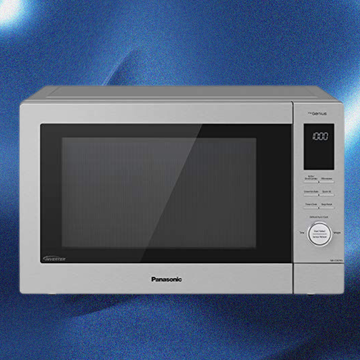
The Best Microwave Toaster Oven Combos
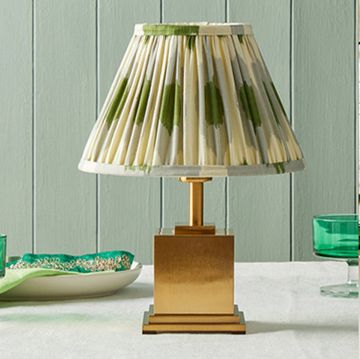
The Best Table Lamps for Any Space

Everyone’s Obsessed With This Costco Drink Stand
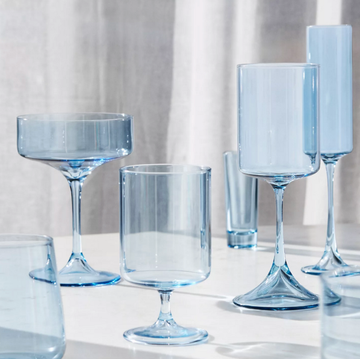
14 Antique-Inspired Colorful Glassware Sets
